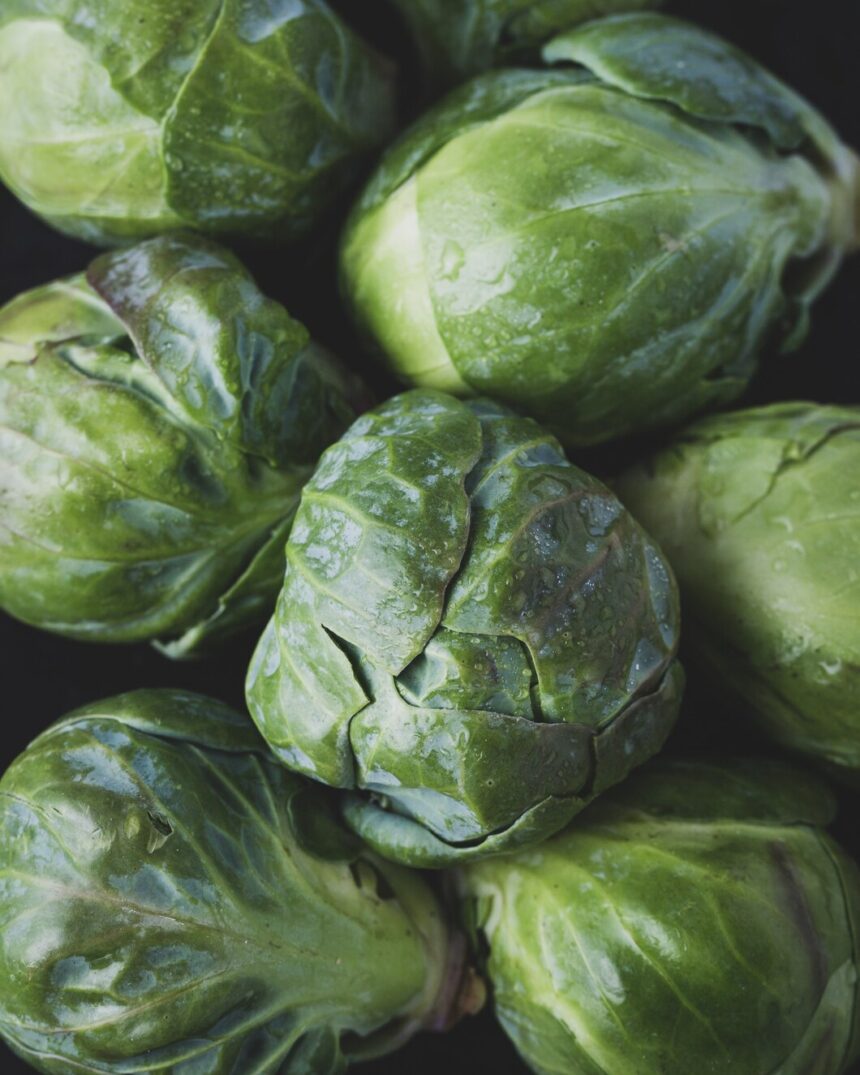Brussels sprouts, a beloved member of the cabbage family, are susceptible to various diseases, with powdery mildew being a common concern. Recognizing the early signs of powdery mildew can help you take timely action to protect your crop and ensure a healthy harvest. Here are ten signs to watch out for:
- White Powdery Patches: The most noticeable sign is the appearance of white or grayish powdery patches on the leaves, stems, and even buds of your Brussels sprout plants. These patches can initially be small and isolated but tend to spread as the disease progresses.
- Fuzzy or Velvety Texture: Infected parts of the plant may develop a fuzzy or velvety texture due to the fungal growth.
- Distorted Leaves: Leaves affected by powdery mildew may become distorted, curling inward or outward abnormally.
- Yellowing Leaves: Infected leaves often turn yellow or brownish-yellow, starting from the areas covered with powdery mildew.
- Stunted Growth: Plants may exhibit stunted growth, with smaller leaves and slower development of sprouts.
- Premature Leaf Drop: Leaves may drop prematurely from the plants, especially if the infection becomes severe.
- Reduced Yield: Powdery mildew can impact the overall yield of Brussels sprouts, with fewer and smaller sprouts forming on infected plants.
- Powder on Undersides: While powdery mildew typically appears on the upper surfaces of leaves, in severe cases, it can also be found on the undersides.
- Dry, Cracked Skin on Sprouts: In advanced stages, powdery mildew can affect the sprouts themselves, causing them to develop dry, cracked skin.
- Spots on Petioles and Stems: Besides leaves and sprouts, check for powdery patches on petioles (leaf stalks) and stems, as these can also harbor the fungus.
Managing Powdery Mildew
If you notice any of these signs, it’s crucial to take action promptly to manage powdery mildew. Here are some steps you can take:
- Prune affected leaves and stems: Remove and destroy any infected plant parts to prevent the spread of the disease.
- Improve air circulation: Ensure proper spacing between plants to improve air circulation, which helps reduce humidity and discourage fungal growth.
- Water early in the day: Water your plants early in the day to allow leaves to dry quickly, minimizing moisture levels that favor powdery mildew.
- Apply fungicides: Use appropriate fungicides as recommended for powdery mildew control, following all safety and application instructions.
By being vigilant and proactive, you can protect your Brussels sprouts from powdery mildew and enjoy a healthy, bountiful harvest. Regular monitoring and early intervention are key to successful disease management in your garden.
Join 'Farmers Mag' WhatsApp Channel
Get the latest Farming news and tips delivered straight to your WhatsApp
CLICK HERE TO JOIN






